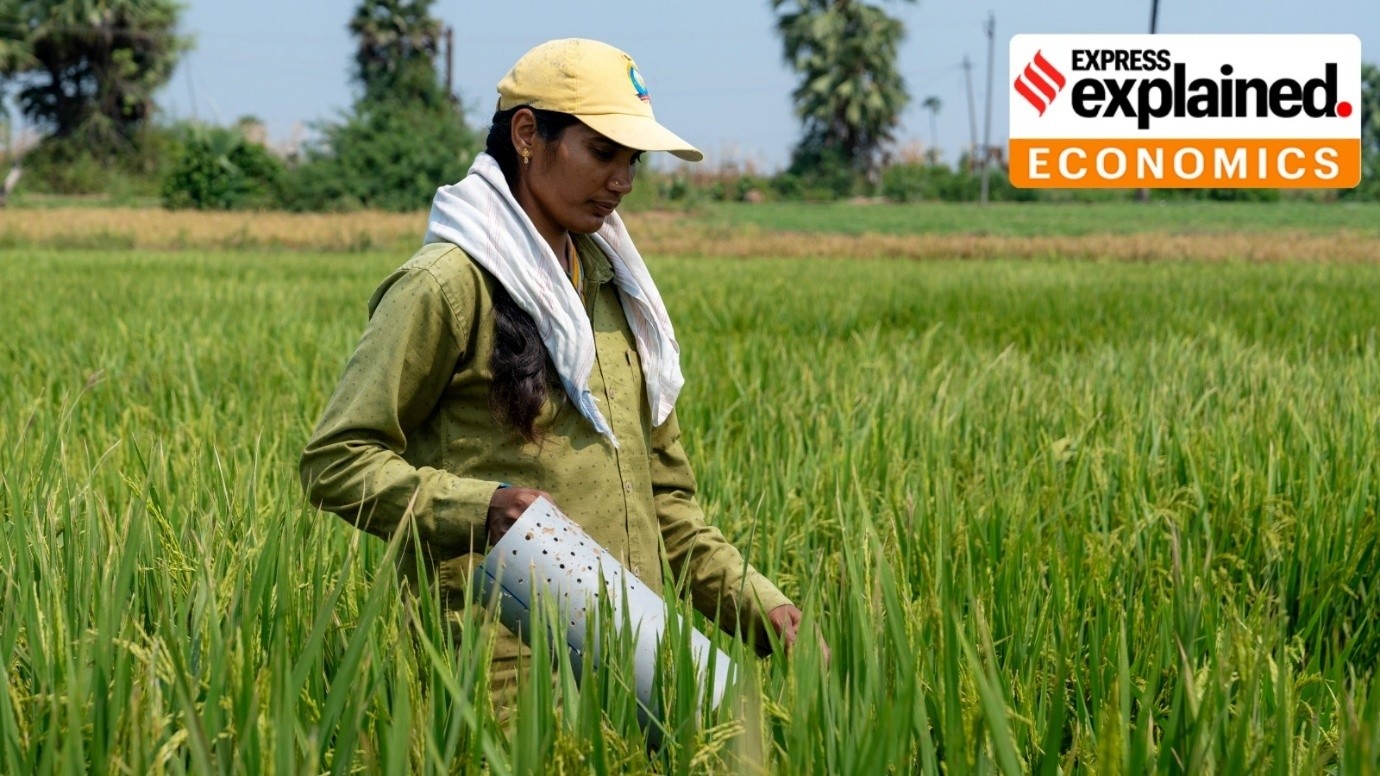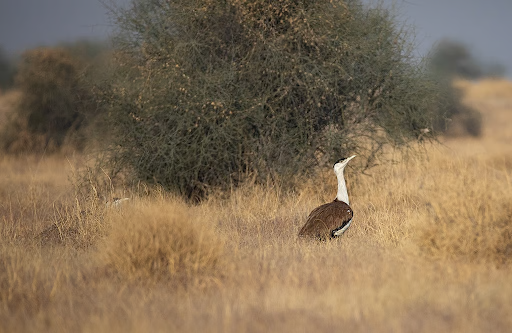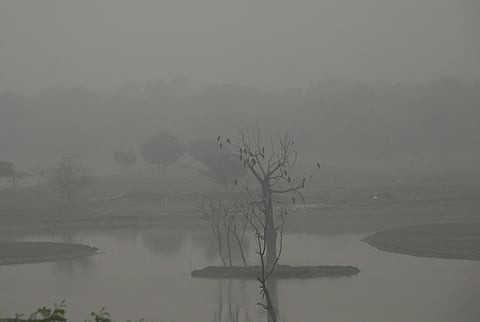



The Indian rat snake, locally known as Manja Chera or Karinchera in Kerala, is a non-venomous, fast-moving reptile that plays a vital ecological role by controlling rodent populations, especially in farmlands. It is protected under Schedule I of the Wildlife (Protection) Act, 1972, and holds the IUCN status of Least Concern.

Disclaimer: Copyright infringement not intended.
The State Board for Wildlife, which will meet next week, will consider a proposal for notifying the snake, also known as Manja Chera and Karinchera as the official reptile.
|
Aspect |
Details |
|
Local Names (Kerala) |
Manja Chera, Karinchera |
|
Venom |
Non-venomous |
|
Notable Traits |
Fast crawling speed; larger size compared to most Indian snakes |
|
Diet |
Carnivorous; feeds on rodents, frogs, birds, and hatchlings of venomous snakes like cobras |
|
Behavior |
Diurnal; both arboreal and terrestrial depending on foraging and resting needs |
|
Habitat |
Forests, forest edges, dry tropical forests, savannas, scrublands, plantations, villages, and cultivated areas |
|
Distribution |
India (including the Andaman Islands), China, Pakistan, South & Southeast Asia, Turkmenistan |
|
Ecological Significance |
Controls rodent population in farmlands; reduces crop damage and risk of rodent-borne diseases; referred to as "friend of farmers" |
|
Conservation Value |
High – helps maintain ecological balance and supports agriculture |
|
IUCN Status |
Least Concern |
|
Wildlife (Protection) Act, 1972 |
Schedule I – Offers the highest level of protection |
ALSO READ- https://www.iasgyan.in/daily-current-affairs/irula-tribes
https://www.iasgyan.in/daily-current-affairs/long-snouted-vine-snake
Source: The Hindu
|
PRACTICE QUESTION Q. Consider the following statements regarding the Indian Rat Snake (Ptyas mucosa):
Which of the statements given above is/are correct? (a) 1 and 2 only (b) 2 and 3 only (c) 1 and 3 only (d) 1, 2 and 3 Answer: B Explanation: Statement 1 is incorrect: The Indian rat snake is non-venomous. Statement 2 is correct: It is listed under Schedule I of the Wildlife (Protection) Act, 1972. Statement 3 is correct: It helps in controlling rodents, thereby supporting agriculture. |






© 2026 iasgyan. All right reserved